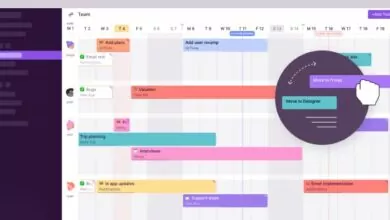How to Setup Debug logs for Guest Users

Setting up debug logs for guest users is an important task. It allows administrators to better identify, troubleshoot, and resolve problems that occur with user accounts. Debug logs record events such as logins, failed access attempts, changes in the system configuration, or other system events. With proper setup of debug logs, it is possible to track the activity of guest users and detect any malicious activities on your network.
Step-by-step Instructions:
1. Log into the administrative console of your system/network as a privileged user.
2. Navigate to the appropriate logging options area within the administrator console interface depending on your specific operating system or software deployment environment (e.g., Microsoft Windows Server Security Logs, Linux Syslogs).
3. Enable debug logging specifically for guest users by selecting the appropriate option within the logging area.
4. Set up rules and/or filters to ensure that only actions taken by guest users are being recorded in the log files. This will minimize false positives, which can cause clutter in log files and hinder your ability to troubleshoot legitimate issues with user accounts or systems.
5. Establish a centralized repository or storage location for all of the logs generated from this activity, so that you can quickly access them when needed.
6. Set up an automated process for regularly reviewing the logs, identifying any potential security concerns, and taking action if necessary (e.g., disabling access for offending account).
7. Schedule regular maintenance for your log files, to ensure that they remain up-to-date and comprehensive.
8. Document all of the steps taken during the setup process, as well as any subsequent changes made in order to keep track of how debug logging is configured on your network.
Setting up debug logs for guest users is essential in maintaining a secure and efficient network environment. By following the steps outlined above, administrators can easily configure their systems to accurately track user activity across their networks and respond quickly when necessary. It’s important to remember to regularly review these logs and take action when necessary, as this will help ensure that problems are identified and addressed before they become major issues.
Debug logging is a powerful tool for troubleshooting and debugging issues with your web applications. It can provide invaluable insights into what’s happening within the application, giving you an idea of where to look for potential problems. Debug logging is especially useful when working with Guest users, as it allows you to trace the actions that are being taken on their behalf and see how they interact with your system.
This article will explain how to setup debug logs specifically for Guest users.
Step 1: Create a Logging Profile
The first step in setting up debug logs for Guest users is to create a logging profile specifically for them. To do this, navigate to the Settings page of your application, then select System > Logging > Profiles. From here, you can create a new profile specifically for your Guest users by clicking the “New” button at the top of the page.
Step 2: Configure Logging Levels
Once you have created a logging profile for your Guest users, you can configure what types of information they will be able to see when their actions are logged. To do this, navigate to System > Logging > Settings and select the appropriate logging level from the drop-down menu next to each type of log entry (e.g., Info, Warning, Error). The higher the logging level that is chosen, the more detailed information will be included in the logs.
Step 3: Enable Debug Logging for Guests
The final step in setting up debug logs for Guest users is to enable them. To do this, navigate to System > Logging > Profiles and select the profile you created for your Guests. From here, click the “Enable Debug Logging” checkbox at the bottom of the page, then click “Save” to confirm your changes.
Conclusion:
By following these steps, you can easily setup debug logs specifically for Guest users in your web applications. This will give you invaluable insights into how they are interacting with your system and help you identify potential issues quickly and efficiently. With a little bit of setup work, you can ensure that all of your guest users have access to the information they need to





